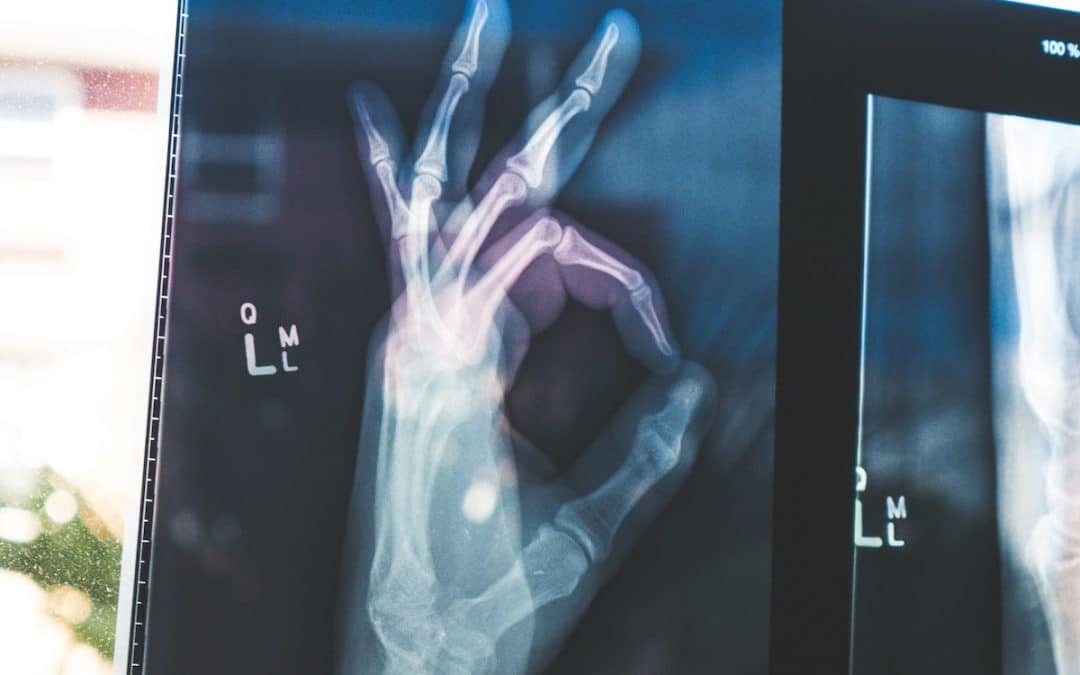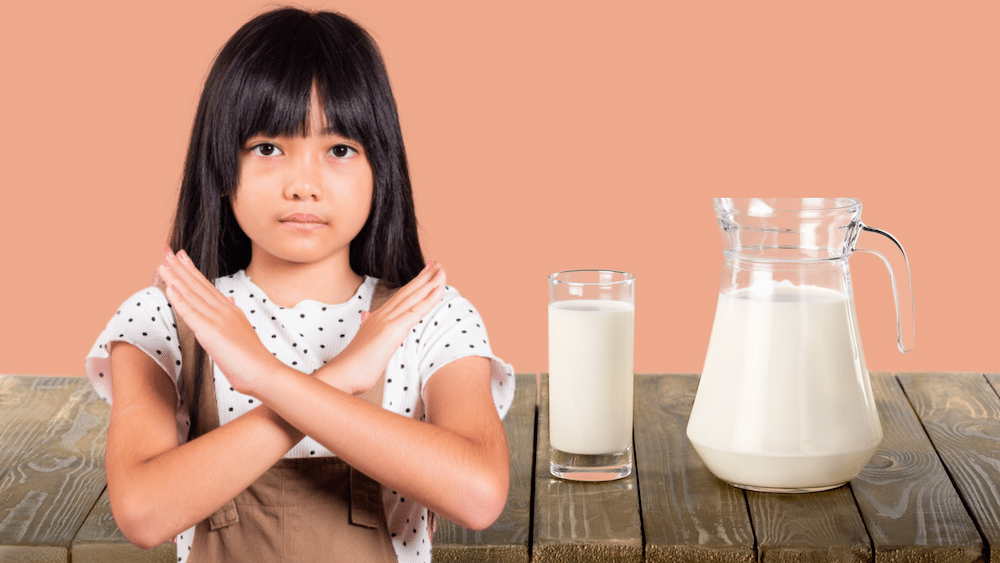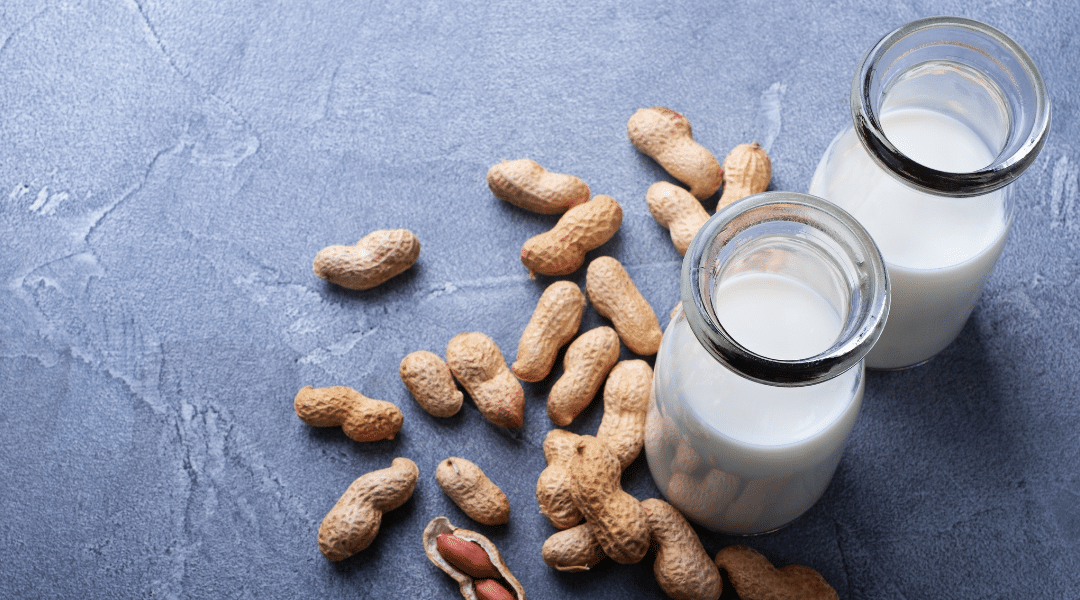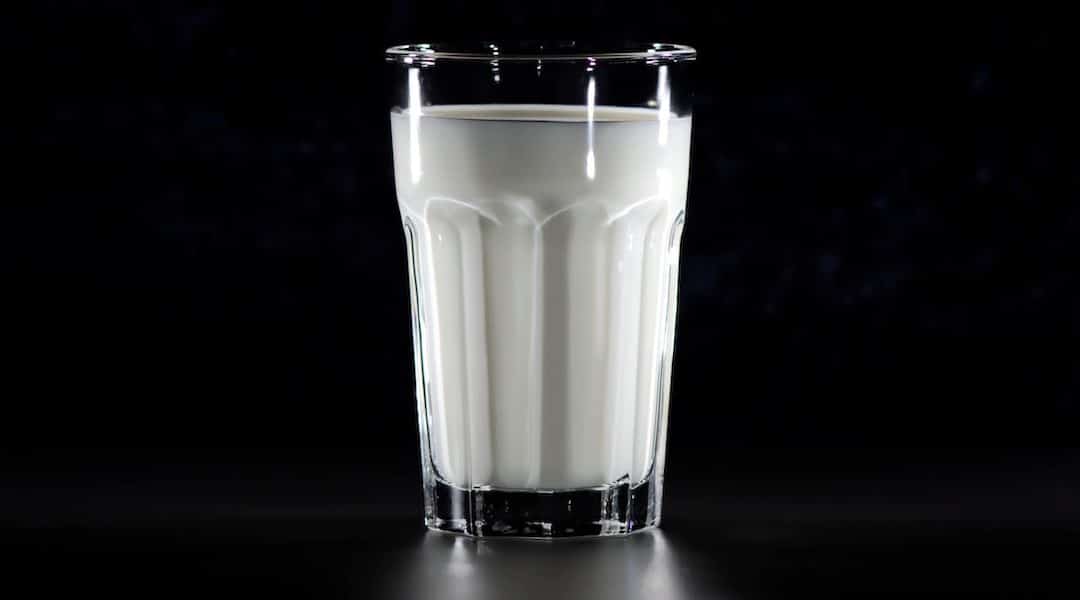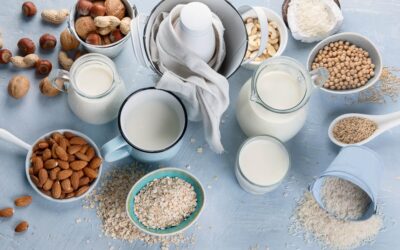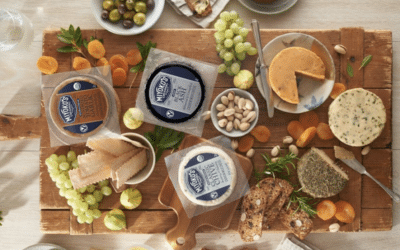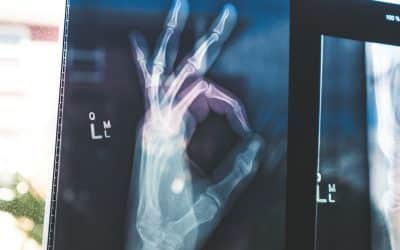Just try to keep up with Heather Mills. Literally. She holds the world record for the fastest disabled woman on skis, reaching a top speed of 103.6 miles per hour in 2015. Her accolades in alpine sports also include multiple international wins for the official British Disabled Ski Team and an additional three world records as the first disabled woman to compete professionally in the Bobsled, Skeleton, and Ski Jump. She’s also a serial entrepreneur, building and selling 3 successful businesses by the time she turned 20, and later, launching an enterprise that would become the world’s leading manufacturer of plant-based meat alternatives. Out of breath yet? Heather isn’t. Among her professional ski and entrepreneurial careers, Heather also set up a refugee crisis center in London for those fleeing from the Balkan Crisis and regularly advocates for the eradication of landmines, survivor assistance, and amputee support. She does all of this on a dairy-free, plant-based diet, with a prosthetic lower left leg. Heather is living life at lightning speed, but we were able to keep pace for just a moment to learn more about what makes her fast-paced lifestyle.
Growing Up
Q: You’ve accomplished so much and lived through so many unique (both good and bad) experiences. What do you identify yourself as? Entrepreneur? Vegan? Athlete?
A: All of the above, however, I suppose I would say I am someone that can overcome adversity, and I do this by problem-solving in any area in a simple way. I suppose with my life experience my greatest gift is to see no hurdles just clear green fields that I can run through. However, even in green fields, there are potholes, so when I fall down one I just climb right back out and start again.
Q: Were you involved in sports growing up as a kid? When did you discover a passion for fitness and alpine sports?
A: My father was ex-army, and although what he put us through was extreme, I have to admit it is probably why I excelled in sport.
My mother left when I was 9 years old so I became the housekeeper being the oldest girl. After ironing three school uniforms and two of my father’s shirts daily, I would have to jog four miles to school and back as we had no money for bus fare more than once a week. When I reached school I had training of 100 lengths every morning in the pool.
I had a choice to go to the Paralympics after I lost my leg in 1993 and had some training with Olympic gold-medallist swimmer Duncan Goodhew. However I also had huge media exposure and the chance to bring the plight of the war where I had been working previously, in the then Yugoslavia to the world, so I had to give up my dream of the Paralympics, of which I have no regrets as ultimately we fitted up over 400,000 people in nine countries around the world with prosthetic limbs and cleared 21,000,000 m² of mine-filled land.
Ironically, it was not until the age of 42 that I learned to become a Ski Racer after being stuck on a mountain in Austria when flights were stopped because of the Icelandic volcano. I was spotted by the Austrian ski team recreationally skiing in a straight line (I didn’t know how to turn with the prosthetic leg), and the rest is history.
Q: Describe the mental stages you passed through after the accident.
A: According to the doctor and psychotherapist, I am not your normal type of person. I did not suffer despair, the fact my mother lost her leg and they reattached it, as well as working in a war zone seeing people blown up all the time, may have had a lot to do with it. Ultimately, I believe it’s my innate determination to overcome any form of adversity of which I have had a lot in my life but not as much as others. In my 51 years, I can honestly say that from everything that seems so bad ultimately creates something so amazing—if you stay focused on your dreams.
Training for Success
Q: As an athlete, how did it feel to not be able to work out, and how did you return to fitness?
A: The loss of my leg was the least of my physical problems after being hit by a police motorcycle. My biggest injury was the crushing of my pelvis. If I had just lost my leg with no other injuries I could’ve got back to physical therapy very quickly. However, a crushed pelvis in 1993 meant you have to stay still in the hospital bed for months.
Once I was able to move around I lived on my crutches rather than in a wheelchair which gave me great upper body strength, and I got my biceps and triceps back. Later, I would sit on the bike and pedal one-legged for hours to try and rebuild the awful atrophy that takes place.
Once I was fitted with a prosthetic leg I learned to rollerblade in Hyde Park in London, something I had never even done with two legs. Then, I learned to dance on ice, something nobody had ever done with a prosthetic leg including an able-bodied gold-medallist from Australia, who told me after losing her leg she could only be a coach. For her, ice skating was impossible, but this just made me more determined, so much so I designed and developed an ice-skating leg and competed in “Dancing On Ice”—the equivalent of “Dancing with the Stars” on ice skates, creating another first.
Q: What does the training for alpine sports entail, beyond being out on the slopes? Weight training? Cardio? Endurance training? A: The typical training week is a 5am start to get on the slopes before the public does. We train at altitude from 6am to 9am for downhill, and if it’s slalom we continue until mid-day on a cordoned-off slope. In the afternoon we would go to the gym and do balance and weight training. Google Lindsey Vonn—one of the best female Skiers of all time—and you’ll see the videos of the type of training we do.
Q: Your schedule seems packed. How do you stay active, and what is your advice to those who say they “don’t have time” for fitness?
A: I’m going from 4am to midnight, as I am one of those lucky people (maybe because of my vegan diet) that only needs 4-5 hours of sleep. Because of this, I have more time in the day to fit things in. However, “having no time is just an excuse.” We all have busy lives; you just have to block time out even if it’s 30 to 40 minutes 4 times a week instead of going to the pub. I start at 4am and do all my emails in peace, go to the gym before the family wakes up from 6-7am, then see the kids off to school. The rest of the day is taken up by meetings, travel, and the various needs of my business and charities.
Q: You seem to have discovered the dairy-free lifestyle through a mostly raw diet at the Hippocrates Institute. How long did you adhere to a raw diet, and why did you decide to incorporate cooked foods?
A: When you are seriously ill, you will do anything, and the Hippocrates Raw food diet worked for me and healed the constant infection that the hospitals could not within a matter of weeks after the hospitals had tried for months. However, as you get older, with stress I find I don’t I have enough hydrochloric acid or digestive enzymes to break down raw food. Now I cook everything, even if it’s just a bit.
Q: Were you an avid cook growing up? Can you name a childhood food memory?
A: As my mother had left I was actually forced to cook and became very good at it through lack of money and having to be creative with a bean pie. I used to envy the kids at school that had ham sandwiches whilst ours were void of any meat or dairy; however, I am now eternally grateful with my understanding of the detriments of meat and dairy to the body and the mind.
Living Plant-Based
Q: Your plant-based food company, VBites, has over 130 products now. What were some of the first products to launch?
A: I was never keen on cheese, but I had lots of friends who were so this was the early development to create plant-based vegan cheeses, from nuts, coconut, and soy. I also missed fish, and one of the VBites biggest sellers is our fish steak which is popular in a lot of the pubs in the UK. People love it with sweet potato fries and mushy green peas. It’s a British specialty.
Q: Do you find it easy to maintain a dairy-free diet while traveling? For example, how vegan-friendly is Austria?
A: Austria is surprisingly vegan-friendly. In fact, the town I chose to ski train in has a biodynamic vegetarian supermarket and restaurant. I was so excited to come off the slopes, walk over in my ski boots, and have an almond latte. However, when touring the world ski racing was very difficult. One funny story: I had an overweight suitcase and the airport check-in lady insisted on opening it…much to her surprise the tub of almond milk powder I often carry around for emergencies exploded! It made me look like a drug dealer!
Q: What did a typical day of eating and training look like for you during your ski career, and what does it look like now?
A: When I wake up I have a very weak rice milk latte, followed by a gluten-free vegan chocolate protein bar, then I make a pea, hemp, and rice milk mixed protein shake to sip on throughout training. For lunch, I would have a big bowl of rice and vegetables and a pack of my VBites vegan duck, which the whole ski team got hooked on. They couldn’t get enough when I brought them in whole wheat tortilla wraps with hoisin sauce. Dinner I would usually do a rice-based pasta.
When I have some time, I love making up tons of Gyoza dumplings with a mix of VBites plant-based meat and vegetables. Then, I just heat them up throughout the week in an organic bouillon soup. I love anything green…spinach, bok choy, kale, broccoli, peas…I’ll take it all!
Q: What are your current fitness goals? Are you just looking to maintain, or try something new? Any exciting recreational ski (or other fitness) trips coming up?
A: Due to major new developments with VBites and VBites Ventures (a mentorship-type company that helps plant-based start-ups expand), in regard to training, it is maintenance right now for me. However, I tend to do three sports charity events with Franz Klammer the ski racer every year, so I up the training six weeks before those. We typically participate in a skiing event, biking through the Alps, and golfing (which is surprisingly great for the mind as my ski coach introduced it to me, much to my surprise).
Q: Anything final thoughts?
A: Since we (VBites) started making meat, fish and dairy-free alternatives 25 years ago, the world is finally catching up and realizing that to save the planet—alongside people’s health, the animals, and the environment—we must move to become more plant-based, even if that means starting as a flexitarian.
My hope is to work with more people to create the best plant-based meat, fish, and dairy alternates possible. These foods are the necessary bridge to helping others move away from meat and dairy toward a more whole food, plant-based diet.

